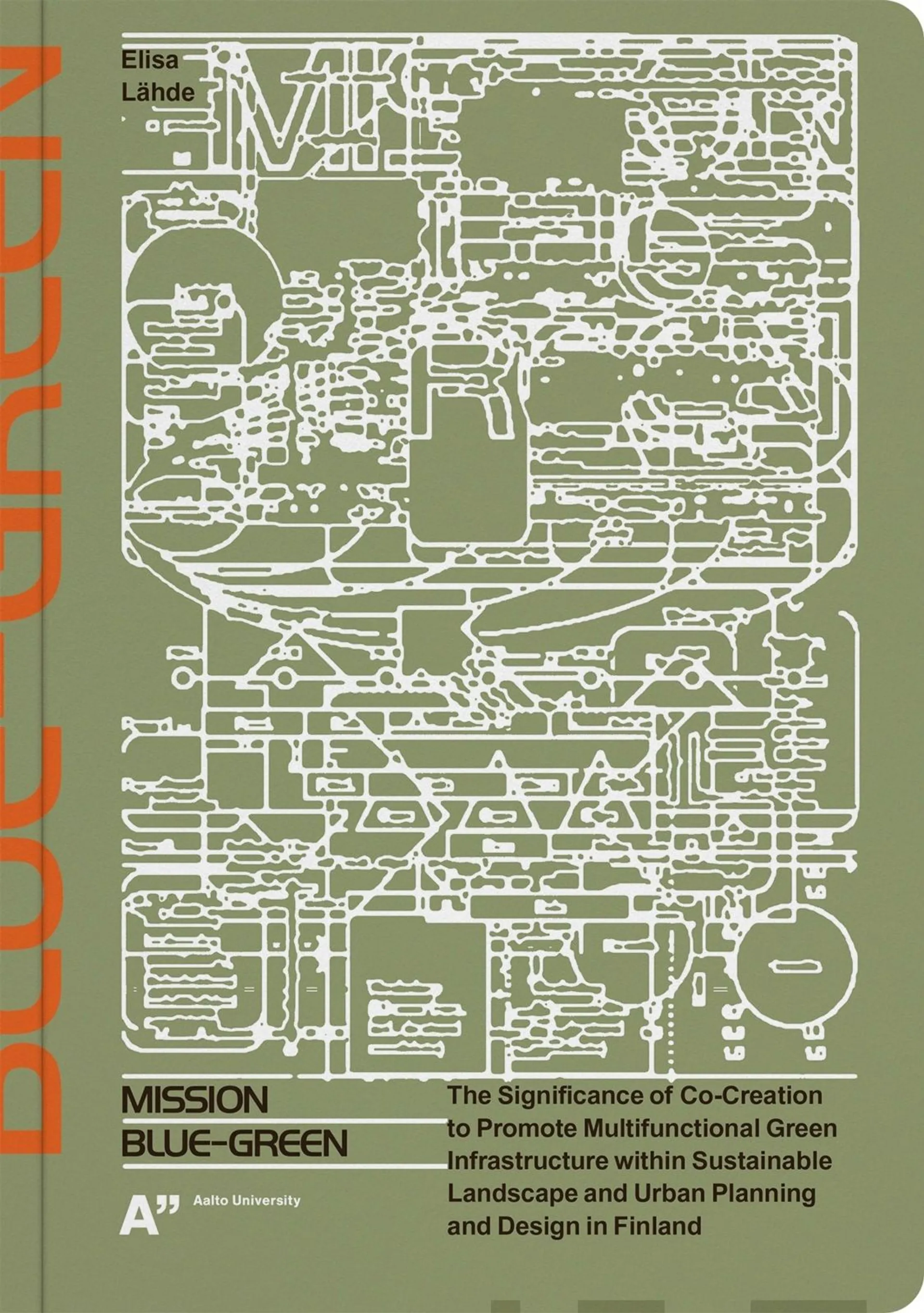Lähde, Mission Blue-Green
37,35 €
Toimitettuna
Saatavilla
Osta nyt, nouda myymälästä
Ei saatavilla
Tuotekuvaus
Tuotekuvaus
We are undeniably living in an era of enormous environmental crisis, with climate change and species extinction as its most outstanding features. These issues challenge our societal systems and relationship with nature. In addition, more than half of the planet's population lives in urban areas, where environmental problems tend to culminate and where counter- active efforts should be concentrated.Green infrastructure (GI) is a prominent approach to solving urban environmental issues. Generally, GI can be defined as an interconnected green space network that is planned and managed for its natural resources and values and for the associated benefits to the population. Within urban settings, GI can be defined as a strategic network of planned and unplanned urban green and blue spaces that help cities meet several urban challenges by delivering ecosystem services. This emerging concept has been considered a promising framework to connect natural and semi-natural systems using spatial planning policies and practices and, thus, to promote sustainability and climate resilience.Solving complex sustainability-related problems requires inputs from various communities of knowledge. In this doctoral dissertation, the aim is to study the possibilities and potentials of co-creation to promote GI in different phases of urban and landscape planning and design. The methodological approach is action research, which has been implemented in four case studies in five Finnish cities. In all the cases, the adaptation of a scientific co-creation model has been the main approach to both 1) participating in the development process for a case site and 2) collecting data for the research. The study of co-creation-led urban development processes, including the identification of existing barriers, reveals some of the critical factors and gaps in effectively adopting the GI approach in urban planning and design. The result of the study is an accelerating model that can be used as a concrete tool to boost co-creation in the planning and design of multifunctional green infrastructures. The GI-based approach challenges planning traditions and the conventional methods we have used to envision and construct our cities. Implementing the GI-based approach and supporting the planning and design of GI elements through co-creation helps us to reorganise our actions and processes related to biophysical structures and natural processes in urban areas and to better provide desired ecosystem services. Thus, co-creation can support the use of the GI-based approach as a game-changer that facilitates regime shift to adaptive governance, enabling systemic change from existing practices to a wider socio-ecological systems approach. The co-creative processes of planning and design of GI can be used as a platform to increase both the multifunctionality of GI solu- tions and the joint understanding of urban socio-ecological systems as a basis for sustainability.
Ominaisuudet
Ominaisuudet
- Tuotekoodi
- 9789526400044
- Paino (kg)
- 0.328
- Pakkauskoko
- 1 kpl
- Valmistusmaa
- Suomi
Oletko tyytyväinen tuotetietoihin?
Ovatko tuotetiedot riittävät? Jos tuotetiedoissa on puutteita tai niitä voisi muuten parantaa, anna palautetta.
